#italian roman
Explore tagged Tumblr posts
Text



Details from the painting Medea meditating on killing her children (1852), by Bezzuoli.
#art#artworks#artwork#paintings#painting#art history#romantic movement#romanticism#the romantics#romantic art#neoclassicism#neoclassical art#italian artists#italian painters#bezzuoli#ancient greece#ancient rome#greco roman mythology#greek mythology#roman mythology#mythology#jason and the golden fleece#jason and the argonauts#jason and medea#medea#femme fatale#feminism#feminist icon#witches#witchcraft
3K notes
·
View notes
Text




Forum, Rome -- September 19th, 2024
Etsy
2K notes
·
View notes
Text



Ancient Roman mosaics in Vibo Valentia, Calabria, Italy
Follow us on @calabria_mediterranea
#vibo valentia#calabria#italy#italia#roman#mosaics#history#southern italy#south italy#mediterranean#italian#ancient#ancient art#art#ancient history
524 notes
·
View notes
Text

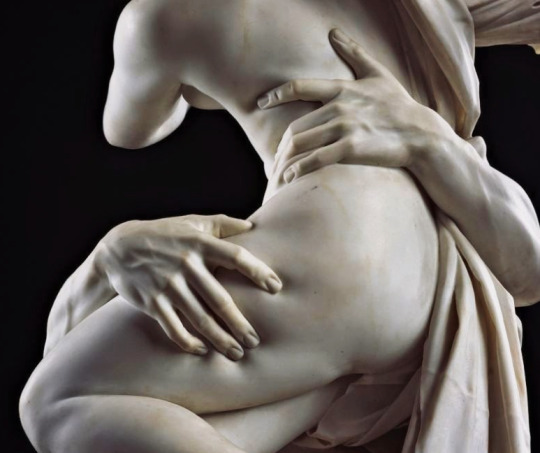

The abduction of Proserpina, Gian Lorenzo Bernini, 1621-22
#art history#art#italian art#baroque#aesthethic#marble#sculpture#greek mythology#roman mythology#proserpina#persephone#hades#gian lorenzo bernini#bernini#galleria borghese#ancient greece#pluton#17th century
3K notes
·
View notes
Text

Sir Lawrence Alma-Tadema, The Meeting of Antony and Cleopatra
#art detail#classic art#traditional painting#traditional art#19th century art#oil painting#classical art#art details#art history#art#art study#artwork#1800s art#academic art#20th century art#art nouveau#british art#contemporary art#german art#fine art#italian art#modern art#renaissance art#spanish art#victorian art#vintage art#cleopatra#roman empire#rome#roma
482 notes
·
View notes
Text
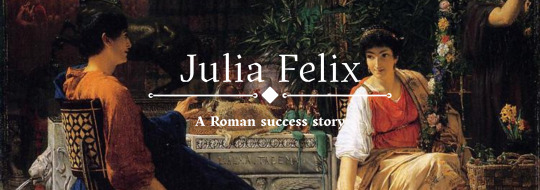
"Here’s what we know about Julia Felix: she lived in Pompeii from at least 62 CE. She was possibly illegitimate but was definitely not a member of the social and cultural elite. She worked for a living setting up and running a very interesting business and, by 79 CE, she had planned to shift her focus from managing a business to owning property. We know all these things because twentieth-century excavations at her business uncovered an advert, carved in stone and attached to the external wall of her huge building. It reads:
"To rent for the period of five years from the thirteenth day of next August to the thirteenth day of the sixth August, the Venus Bath fitted for the nogentium, shops with living quarters over the shops, apartments on the second floor located in the building of Julia Felix, daughter of Spurius. At the end of five years, the agreement is terminated."
This find illuminated the building it was attached to, bringing what otherwise looked like a very large anonymous domestic house into dazzling focus. With this description of the purpose of each room written by the owner herself, archaeologists and historians could see the site through a whole new lens and they realised that they had discovered a Roman entertainment space for the working middle classes. It is, so far, a completely unique find and it is magnificent. It offers us, as modern viewers, two amazing things: a little glimpse into the lives of the commercial classes of the Roman Empire who are so often completely and utterly invisible, and a brutal reminder that so much of what we ‘know’ about Roman women in the Roman world comes from rules concerning only the most elite.
We’ll do that second part first, because it’s the least fun. Roman written and legal sources are pretty universal in their agreement that although women could own property, they could not control it; they had no legal rights, could not make contracts and were to be treated as minors by the legal system for their entire lives. In order to buy or sell property women required a male guardian to oversee and sign off on any transactions. This is a basic truism of women in the Roman Empire, repeated ad nauseum by sources both ancient and modern including me, and it is undermined by Julia Felix’s rental notice.
The rental ad makes it pretty clear that Julia Felix is the owner-operator of a business complex including public baths, shops and apartments (there’s more too, as we’ll see), and she doesn’t seem to require anyone else to help her rent it out. She names her father – sort of; ‘Spurius’ might just mean that she is illegitimate – but this is effectively a surname, a personal identifier to differentiate her from other Julia Felixes in the area. It doesn’t mean her father was involved. Furthermore, the use of her father’s name as an identifier suggests that Julia didn’t have a husband and was either unmarried or widowed in 79 CE. The strong implication of her advert is that Julia Felix was an independent lady, a honey making money and a momma profiting dollars who could truthfully throw her hands up to Destiny’s Child.

We will never know if Julia escaped the flames and choking ash of 79 CE, fleeing as it swallowed her business and her home, but one discovery, made on 28 January 1952, suggests that she didn’t. The archaeologists, led by Amedeo Maiuri, uncovered on that day the skeleton of a woman who had fallen while running across the garden during the disaster. It’s clear this fallen woman was well off, because she was wearing a lot of gold jewellery. She carried four gold half-hoop earrings and wore four gold rings. Two of these rings were particularly expensive; both contained a red carnelian gem, one carved with a figure of Mercury, the other with an eagle. Around her neck she wore a necklace of gold filigree, dotted with ten pearls and hung with a green pendant. Someone stole both the necklace and earrings from the Pompeii Antiquarium in 1975 and no one, somehow, had ever bothered to photograph them so all we have are descriptions but the rings that survive are fine and expensive. The woman who wore them – was wearing them when she died – had real money to buy these objects and the woman who wore them did'nt leave Pompei in time.
Moreover, when she was found it was clear that at the moment of her death she was heading not towards the street or towards safety, but towards the shrine to Isis in the garden where all the most valuable possessions were kept. The valuable possessions that Julia Felix grafted for and maybe couldn’t bear to leave behind. There’s no way to tell whether this skeleton is Julia Felix, whether these bones once stood and looked at the plots of land Julia bought and made plans, or whether they belong to a looter or a chancer or someone just caught out. But it’s nice to pretend that Julia Felix, who shaped the city’s roads around her dream and offered respite and luxury to workers and made a tonne of money doing it, died and was buried with the place that still bears her name."
A Rome of One's Own: The Forgotten Women of the Roman Empire, Emma Southon
#julia felix#historyedit#history#women in history#ancient rome#pompei#businesswomen#italy#italian history#roman history#roman empire#1st century#historyblr#historical figures
767 notes
·
View notes
Text
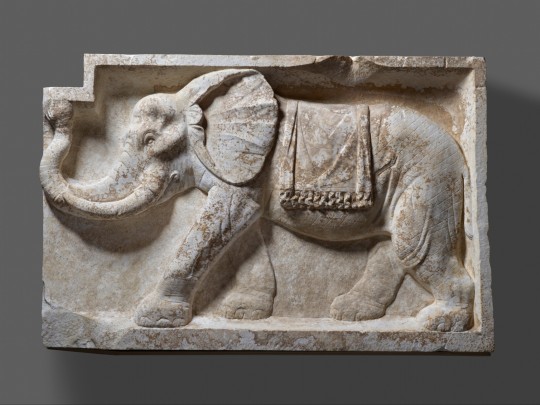
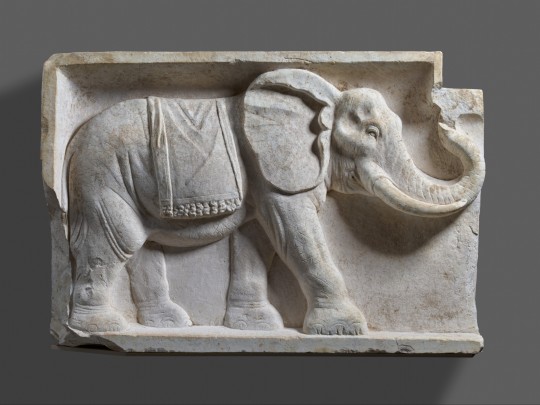
~ Pair of Architectural Reliefs with Elephants.
Date: A.D. 80–100
Culture: Roman
Place of origin: Western Roman Empire
Medium: Italian marble
#ancient#ancient art#history#museum#archeology#ancient sculpture#ancient history#archaeology#getty#western roman empire#roman#architectural relief#elephants#a.d. 80#a.d. 100#Italian marble
2K notes
·
View notes
Text

🤌🏻
319 notes
·
View notes
Text

The Toilette of Venus by Benedetto Gennari II (1674-84)
#benedetto gennari#art#paintings#fine art#17th century#17th century art#baroque#baroque art#painting#italian art#italian artist#mythology#roman mythology#venus#aphrodite#classic art
616 notes
·
View notes
Text
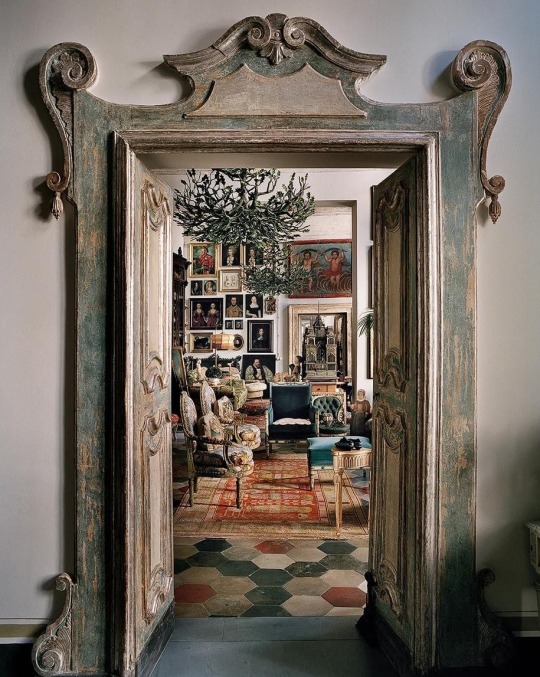
496 notes
·
View notes
Text
Just an odd thought that I’m wondering if people are in the same boat about:
#i 100% Think my two blorbos would tolerate me at best.#poll#historical#napoleonic wars#history#general history#naval history#habsburg history#russian history#military history#european history#french history#medical history#tudor history#american history#danish history#Italian history#british history#roman history#colonial history#frevblr#French Revolution#Dutch history#Spanish history#portuguese history#Japanese history#Chinese history#Korean history#cold war era#cold war history
141 notes
·
View notes
Text




Pillars, Rome -- September 16th, 2024
Etsy
635 notes
·
View notes
Text

Mosaic flooring from a Roman villa in Roggiano Gravina (1st-2nd century) at the archeological museum in Sibari, Calabria, Italy
Photo by Karen Haid
Follow us on Instagram, @calabria_mediterranea
#roggiano gravina#sibari#calabria#italy#italia#south italy#southern italy#mediterranean#history#art#mosaic#mosaics#ancient#ancient history#ancient roman#roman#roman villa#italian#europe#ancient art#roman art
352 notes
·
View notes
Text

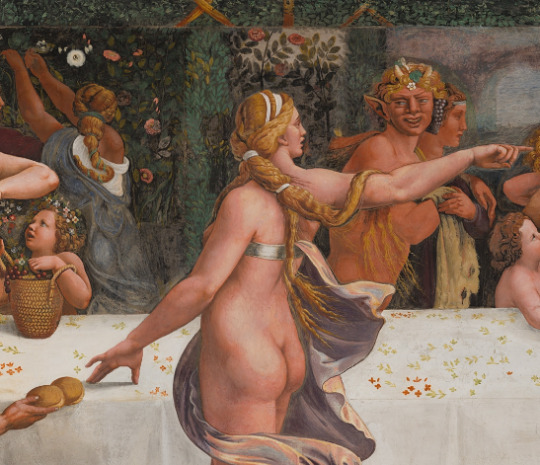

Details from the room of Cupid and Psyche in Palazzo Te, Giulio Romano, 1526-28
#art history#art#italian art#aesthethic#greek mythology#ancient greece#roman mythology#giulio romano#frescoes#palazzo te#mantua#mantova#cupid#psyche#cupid and psyche#zeus#olympias#banquet#bacchanalia#faun#16th century#rinascimento
922 notes
·
View notes
Text

Gustav Wertheimer, Der Schiffbruch der Agrippina
#traditional art#classic art#art detail#traditional painting#classical art#oil painting#art history#art#art details#19th century art#art nouveau#vintage art#art study#artwork#1800s art#20th century art#academic art#british art#contemporary art#german art#fine art#italian art#modern art#renaissance art#spanish art#victorian art#roman empire#rome#ancient rome
414 notes
·
View notes
Text

giulia farnese, lucrezia borgia, caterina gonzaga
we are. figuring out looks. slowly but surely, we're figuring out looks.
⭐ places I’m at! bsky / pixiv / pillowfort /cohost / cara.app / insta / tip jar!
#italian reanissance tag#blghghghghhh there's just so many people all the time#anyway back to cycling between books on the later roman empire/akhenaten/sparta&lakonia#i should finish the sparta&lakonia book because i want to do a sword&sandals type of comic set during the peloponnesian war#however. you ever read three pages of something and realize you have no idea what someone is talking about#every day reading about lakonia is like that. oof. it's fun tho! but i am going to go back to working on illustration work with#kamen rider on or something.#drawing tag
275 notes
·
View notes